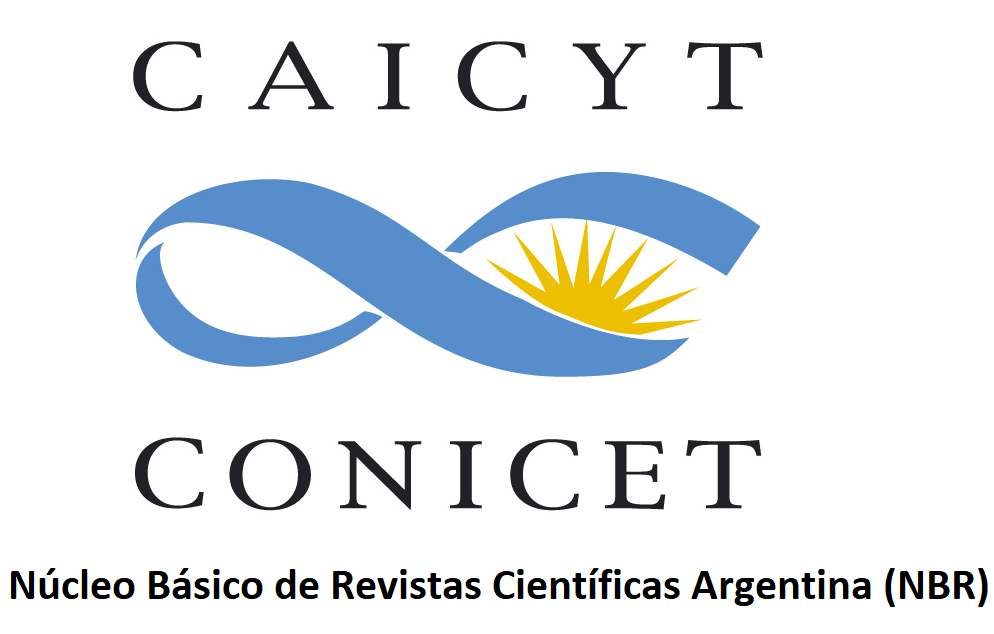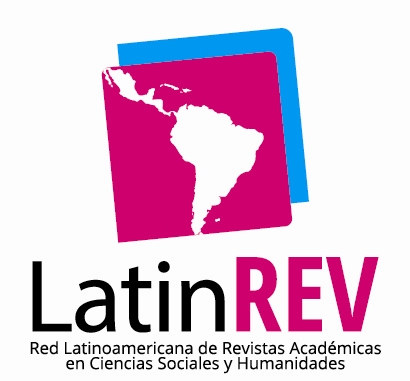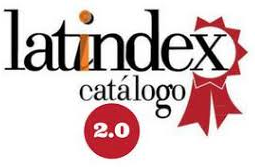Contribution to the study and the design of reinforcement functions
Resumen
We have studied the Reinforcement Function Design Process in two steps. For the first one we have considered the translation of a natural language description into an instance of our proposed Reinforcement Function General Expression. For the second step, we have gone deeply into the tuning of the parameters in this expression. It allowed us to obtain optimal definitions of the reinforcement function (relative to exploration). Since the General Expression is based on constraints, we have indentified them according to the type of state variable estimator on which they act, in particular: position and velocity.
Using a particular, but representative Reinforcement Function (RF) expression, we study the relation between the Sum of each reinforcement type and the RF parameters during the exploration phase of the learning. For linear relations, we propose an analytic method to obtain the RF parameters values (no experimentation requires). For non-linear, but monotonous relations, we propose the Update Parameter Algorithm (UPA) and show that UPA can efficiently adjust the proportion of negative and positive reinforcements received during the exploratory phase of the learning. Additionally, we study the feasibility and consequences of adapting the RF during the learning process so as to improve the learning convergence of the system. Dynamic-UPA allows the whole learning process to maintain a desired ratio of positive and negative rewards. Thus, we introduce an approach to undertake the exploration-exploitation dilemma - a necessary step for efficient Reinforcement Learning. We show, with several experiments involving robots (mobile and arm), the performance of the proposed design methods. Finally, we emphasize the main conclusions and present some future directions of research.














